Experience exceptional eye treatment from the top-notch ophthalmologists at Eye Vista.
Talk to experts 7982512507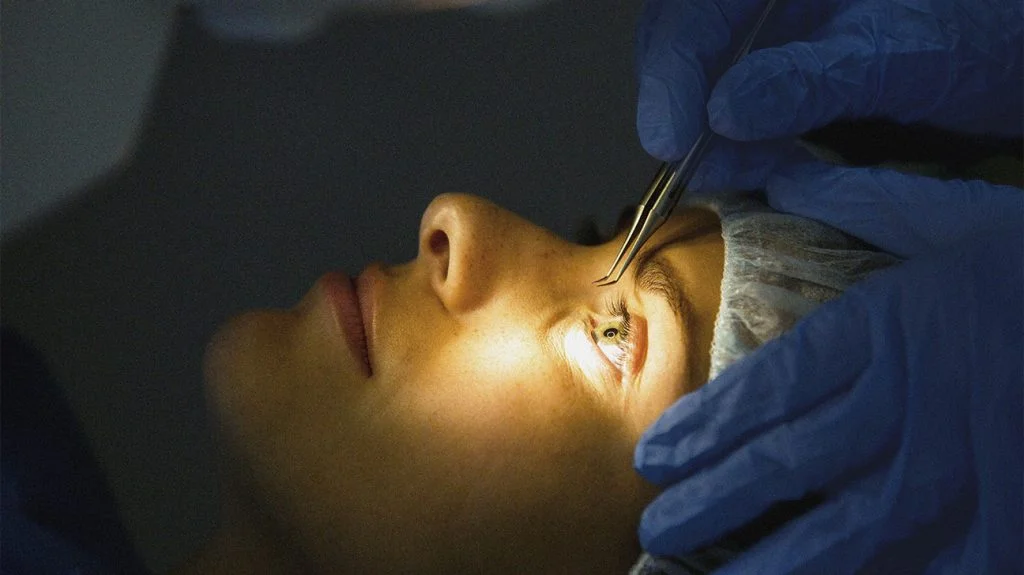
State-of-the-art refractive surgery and cataract treatment with the latest technology.
Book Consultation
From routine eye exams to complex retinal treatments, we care for your vision.
Schedule Appointment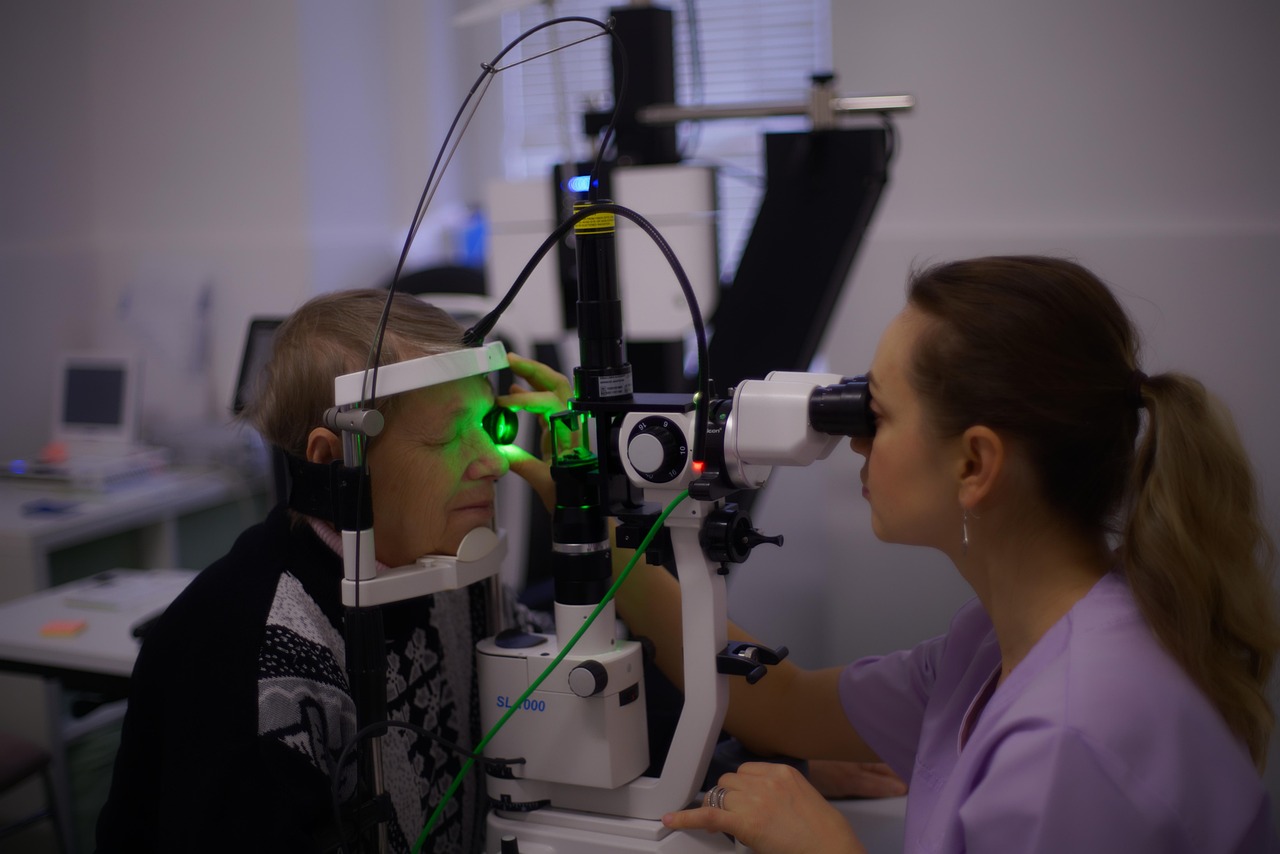
Our team of experienced specialists provides personalized care for every patient.
Meet Our Team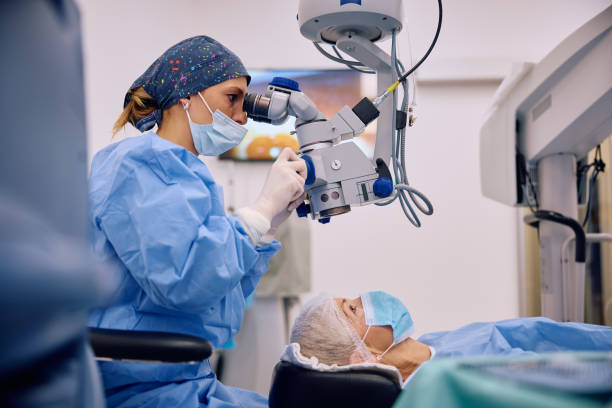
Our team of experienced eye care professionals combines expertise with compassion, ensuring personalized
care for every patient. We utilize the latest technology and follow best practices to deliver
outstanding results, whether you are seeking corrective surgery, routine eye exams, or ongoing eye
health management.
At Eye Vista, your vision is our focus. We are committed to providing exceptional service, transparent
communication, and a supportive environment throughout your eye care journey. Trust us to help you see
the world more clearly.
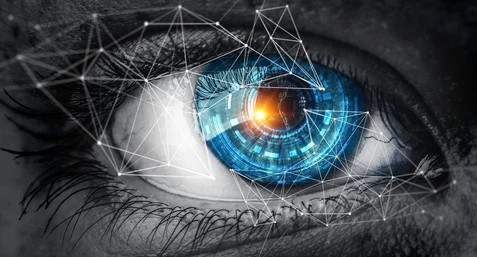
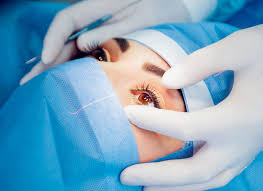
Advanced laser procedures to correct vision problems such as myopia, hypermetropia, and astigmatism.
Vision is one of our most valued senses, yet millions of people worldwide struggle with refractive errors like nearsightedness, farsightedness, and astigmatism. While glasses and contact lenses offer temporary correction, modern medicine has brought forth a permanent solution — Refractive Error Surgery.
This blog explores what refractive errors are, the different types of corrective surgeries available, who can benefit, and what to expect before and after the procedure.
A refractive error occurs when the eye cannot focus light correctly on the retina, leading to blurry vision. The most common types include:
These conditions are typically corrected with lenses — but what if you could correct them for good?
Refractive surgery involves reshaping the cornea or implanting a lens to correct the eye's focusing ability. The goal is to reduce or eliminate the need for glasses or contact lenses.
A thorough pre-surgical evaluation by an ophthalmologist is essential to determine the best procedure for your eyes.
Choosing a skilled surgeon and undergoing comprehensive pre-op assessments significantly reduce risks.
Most patients notice improved vision within a few days. Full stabilization may take several weeks. Follow-up visits are crucial to monitor healing and ensure optimal results.
Refractive error surgery has transformed the lives of millions by offering the possibility of clear, unaided vision. Whether you're tired of glasses or want more visual freedom, this procedure might be the right step toward a brighter, clearer future.

Safe and effective removal of cataracts to restore clear vision.
A cataract is a clouding of the eye's natural lens, leading to blurry vision, faded colors, and difficulty seeing at night. Cataracts are a common part of aging but can be treated effectively.
Cataract surgery involves removing the cloudy lens and replacing it with a clear artificial intraocular lens (IOL). The procedure is quick, painless, and performed under local anesthesia.
Follow your doctor's instructions for eye drops and activity restrictions. Attend all follow-up visits to ensure optimal healing and vision.

Comprehensive care for retinal disorders and diseases.
The retina is a thin layer of tissue at the back of the eye that senses light and sends images to your brain. Retinal diseases can cause vision loss if not treated promptly.
Early diagnosis and treatment are crucial to preserve vision. Regular eye exams are recommended, especially for those with diabetes or a family history of retinal disease.

Early diagnosis and management to prevent vision loss from glaucoma.
Glaucoma is a group of eye conditions that damage the optic nerve, often due to high eye pressure. It is a leading cause of irreversible blindness.
Regular eye exams are essential for early detection and management. With timely treatment, vision loss from glaucoma can be minimized or prevented.
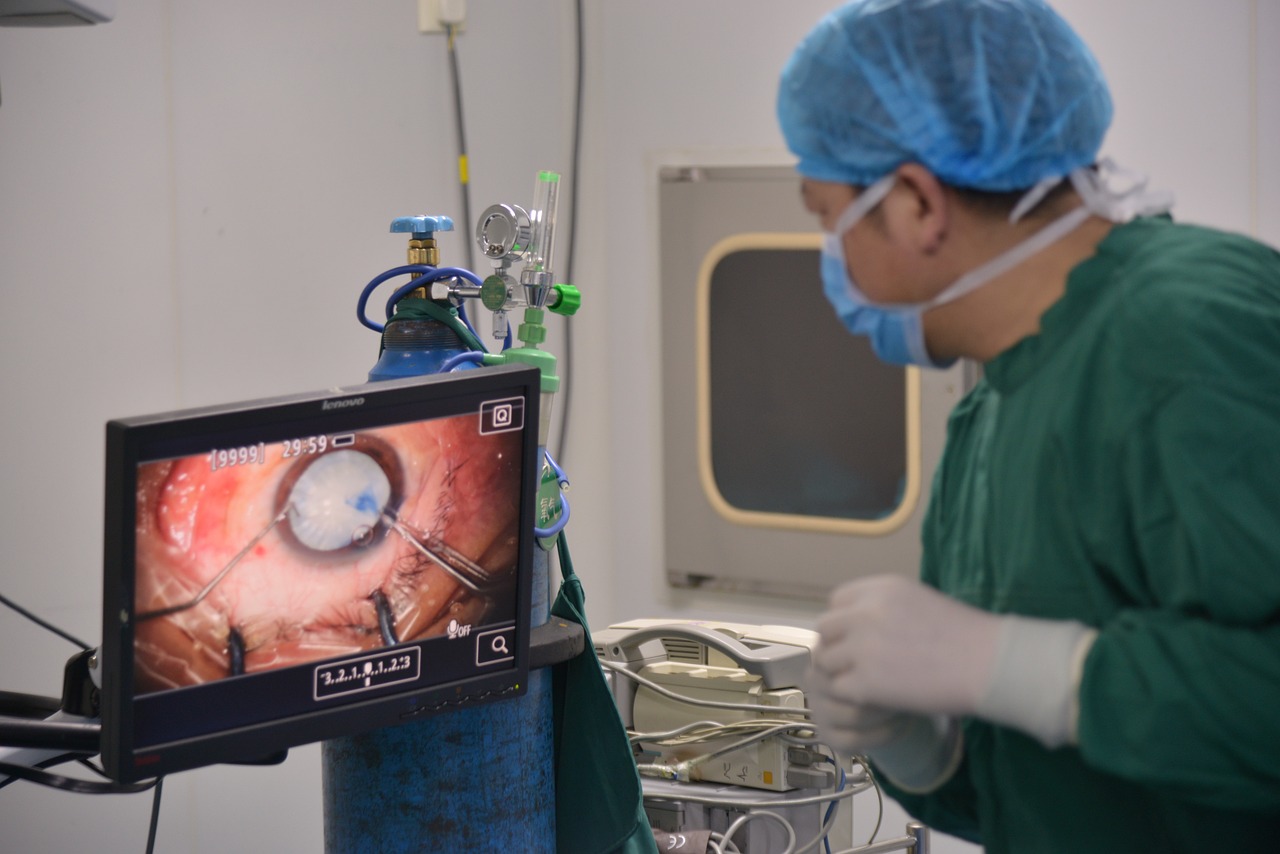
Specialized care for diabetes-related eye conditions.
Diabetes can damage blood vessels in the retina, leading to diabetic retinopathy and other complications that threaten vision.
Early detection and prompt treatment are key to preventing vision loss. Schedule annual eye exams if you have diabetes.

Comprehensive eye exams for all ages to ensure optimal eye health.
Regular eye exams are essential for detecting vision problems, eye diseases, and overall health issues early—even before symptoms appear.
Early detection leads to better outcomes. Book your comprehensive eye exam today for peace of mind and healthy vision.